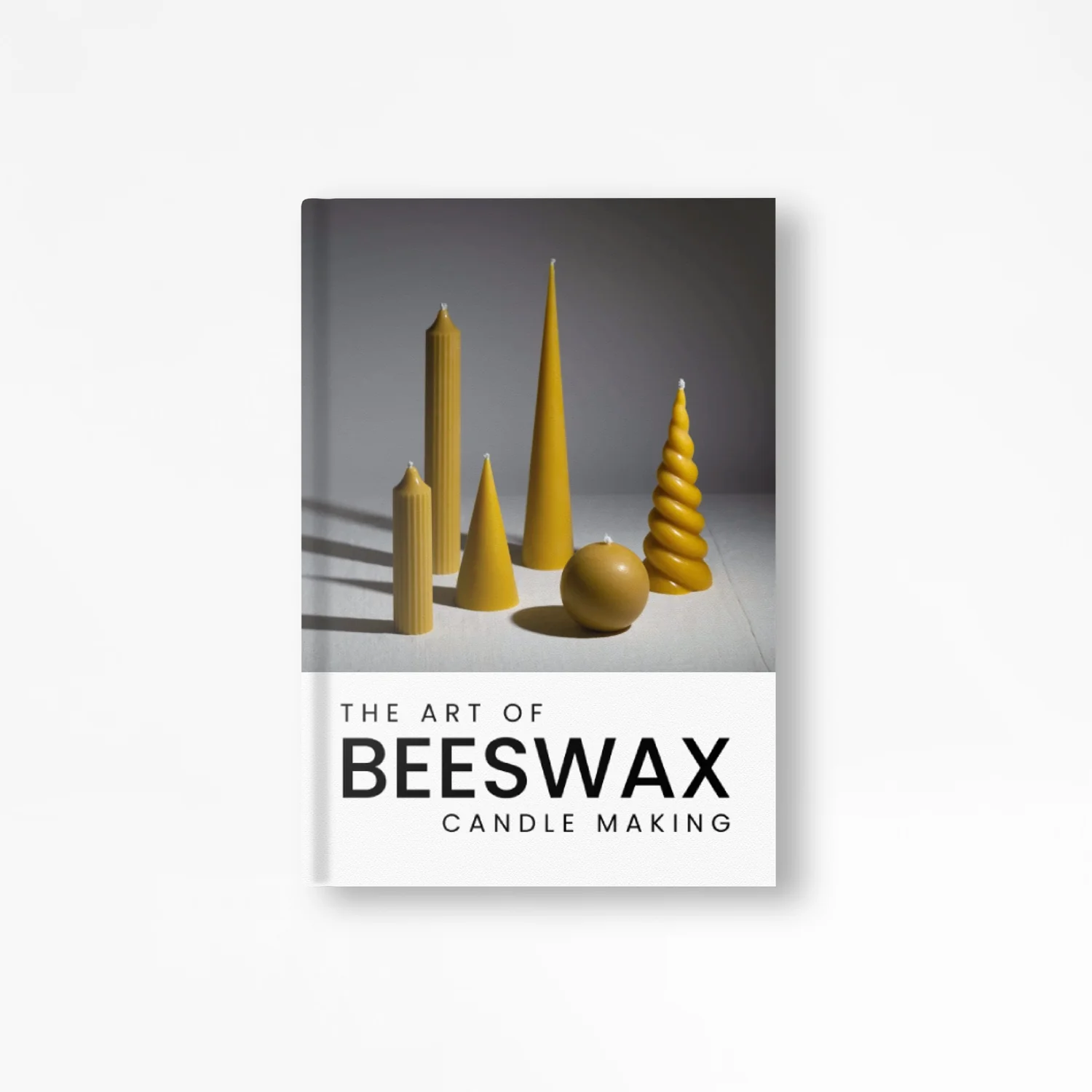Beeswax, a natural secretion of honey bees, has played a pivotal role in human history and modern applications. This comprehensive exploration delves into its historical, chemical, and cultural dimensions, as well as its myriad uses, challenges associated with adulteration, and recent scientific breakthroughs that have reshaped our understanding of this remarkable substance. We will also explore its essential role in beekeeping.
What is Beeswax?
Beeswax is the by-product of a millennia-old collaboration between humans and honey bees (Apis mellifera), is a substance of unparalleled significance. This in-depth exploration navigates the intricate tapestry of beeswax, encompassing its historical, chemical, and cultural facets, along with its vast array of applications, the pressing issue of adulteration, recent scientific discoveries, and its vital role in beekeeping.
Historical Significance of Beeswax
The historical importance of beeswax is etched into the annals of human civilization:
Ancient Civilizations
Ancient Egyptians revered beeswax for its role in mummification rituals, symbolizing the transition to the afterlife. In the Roman Empire, beeswax candles illuminated grand temples and served as offerings to deities.
Beeswax in Medieval Manuscripts
Medieval scribes utilized beeswax tablets, providing a reusable medium for writings. These tablets not only preserved knowledge but also revealed insights into medieval daily life.
Traditional Medicine
Across cultures, beeswax found its way into traditional medicinal practices. Its soothing and protective properties made it a valuable ingredient in salves and ointments.
Chemical Composition of Beeswax
Beeswax's chemical composition is a marvel of nature:
Beeswax Esters
Beeswax is primarily composed of esters, with beeswax esters making up the majority. These compounds lend beeswax its solidity and durability.
Fatty Acids
Fatty acids in beeswax contribute to its malleability and adhesive characteristics, rendering it versatile in various applications.
Hydrocarbons
Hydrocarbons found in beeswax grant it flammability, making it an excellent choice for candle production.
Diverse Applications of Beeswax
Beeswax's utility spans a wide spectrum of applications:
Candle Making
Beeswax candles, known for their natural, sweet aroma and clean, prolonged burn, continue to be cherished in the age of electricity.
Skincare and Cosmetics
Beeswax is a prized ingredient in balms, lotions, and cosmetics, renowned for its skin-protective and moisture-retentive qualities.
Food Preservation
Beeswax-coated food wraps have emerged as an eco-conscious alternative to plastic wrap, facilitating food preservation and reducing environmental impact.
Beeswax in Industrial Applications
Industries ranging from pharmaceuticals to electronics harness beeswax's lubricating and protective attributes, underscoring its versatility.
Challenges of Beeswax Adulteration
The escalating demand for beeswax has given rise to adulteration concerns:
Adulteration Issues
Adulterated beeswax, blended with cheaper waxes or substances, poses multifaceted challenges, affecting product quality, purity, and the livelihoods of beekeepers.
Beeswax Recent Scientific Revelations
Modern scientific research has uncovered several intriguing facets of beeswax:
Medicinal Properties
Contemporary studies have unveiled the anti-inflammatory and antimicrobial potential of beeswax, propelling it into the realm of medicinal applications.
Sustainable Materials
Amidst growing environmental concerns, beeswax has garnered attention as a sustainable alternative to synthetic materials, offering biodegradability and reduced ecological footprint.
Beeswax and Beekeeping
Beeswax plays an indispensable role within the realm of beekeeping:
Hive Construction
Beeswax serves as the building blocks of the beehive. Honey bees utilize their wax glands to secrete and mold beeswax into the intricate hexagonal cells of the hive, where they store honey, pollen, and rear brood.
Comb Foundation
Beekeepers employ beeswax comb foundation sheets within hives to guide honey bees in constructing uniform combs. This foundation aids in honey production and management.
Beeswax Harvest
Periodically, beekeepers harvest beeswax from their hives. This process involves carefully removing beeswax combs that have reached the end of their productive life cycle.
Beeswax Processing
Once harvested, the collected beeswax undergoes processing to remove impurities, such as propolis and residual honey. The cleaned beeswax is then ready for a multitude of uses.
Foundation Production
Beekeepers often recycle their harvested beeswax to produce comb foundation sheets for their hives. These foundation sheets provide a framework upon which bees can build new combs.
Queen Rearing
In queen rearing, a vital aspect of beekeeping, beeswax plays a crucial role. Queen cells are crafted from beeswax to nurture new queen bees, ensuring the hive's vitality and productivity.
Conclusion
Beeswax, a substance cherished for its historical significance, chemical complexity, and diverse applications, stands at the intersection of nature and culture. Its role in beekeeping, as explored in this comprehensive article, underscores its fundamental importance in apiculture. Recent scientific revelations have expanded the horizons of beeswax's potential, offering new avenues for exploration. In a world increasingly conscious of sustainability, beeswax continues to offer eco-friendly solutions, solidifying its place as a truly remarkable substance.










